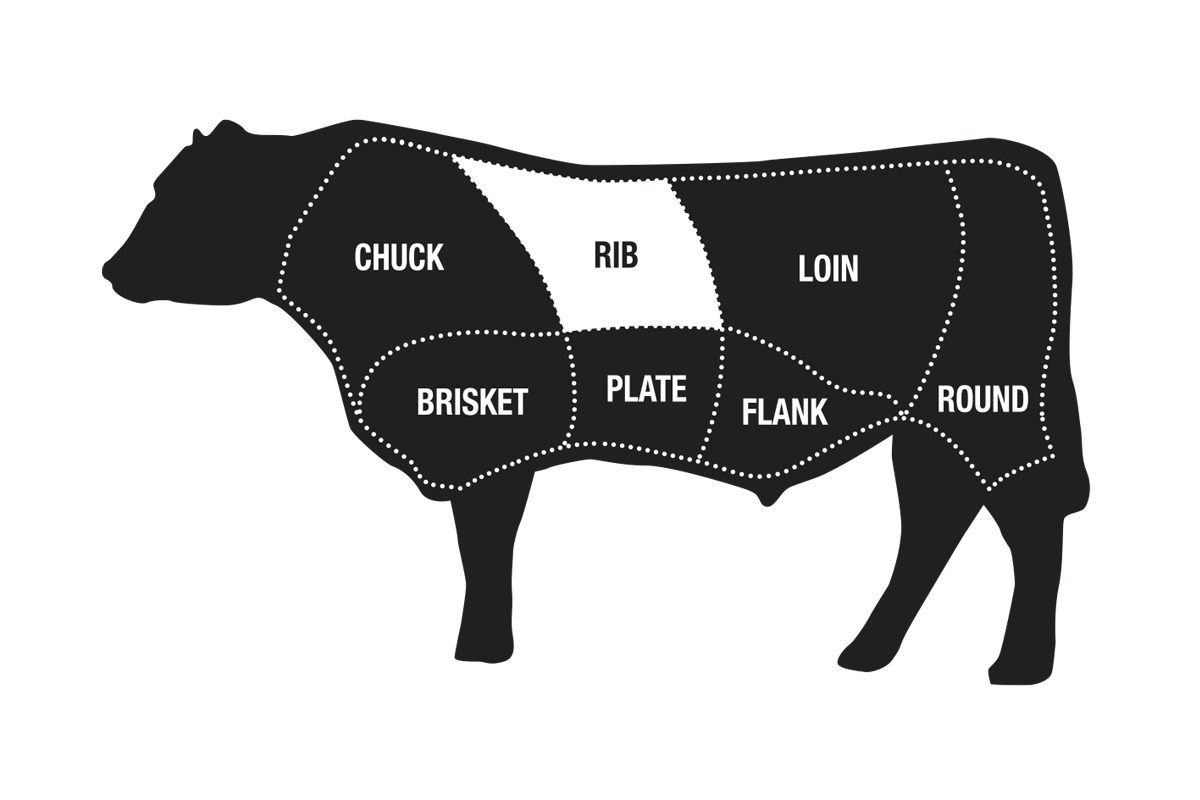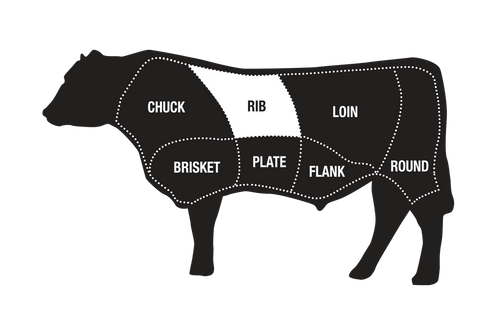Boneless Prime Rib
Double R Ranch
Double R Ranch boneless prime ribs are juicy, hearty and tender. Hand selected from beef raised in the heart of the Northwest. Available in USDA Choice. Average weight is 6.5 lbs.
Namesake Brand
Family-Owned & Operated
Flash Frozen
Double R Ranch boneless prime rib is a roast to make any occasion special. Each ribeye roast is hand selected and hand cut from the rib section using our flavorful Northwest beef. Our Northwest grown, high quality beef is produced with the same meticulous ranch-to-table approach we’ve developed for Snake River Farms.
Boneless prime ribs make carving easy. Simply slice against the grain and serve. Celebrate your next Sunday supper or holiday dinner with one of our memorable USDA Choice roasts.
Average weight: 6.5 lbs.
This is a natural product, and actual weights may vary by +/- .5 lbs.
The two top USDA grades are Prime and Choice, which have the highest levels of marbling.
USDA Prime is the top grade on the USDA scale with the highest amount of marbling. Only 8 to 10% of all U.S. beef achieves this grade.
USDA Choice falls directly below USDA Prime. Choice beef is high quality and has less marbling but offers an excellent value.

Details
Double R Ranch boneless prime rib is a roast to make any occasion special. Each ribeye roast is hand selected and hand cut from the rib section using our flavorful Northwest beef. Our Northwest grown, high quality beef is produced with the same meticulous ranch-to-table approach we’ve developed for Snake River Farms.
Boneless prime ribs make carving easy. Simply slice against the grain and serve. Celebrate your next Sunday supper or holiday dinner with one of our memorable USDA Choice roasts.
Average weight: 6.5 lbs.
This is a natural product, and actual weights may vary by +/- .5 lbs.
Cooking Tips
Beef Grading
The two top USDA grades are Prime and Choice, which have the highest levels of marbling.
USDA Prime is the top grade on the USDA scale with the highest amount of marbling. Only 8 to 10% of all U.S. beef achieves this grade.
USDA Choice falls directly below USDA Prime. Choice beef is high quality and has less marbling but offers an excellent value.









